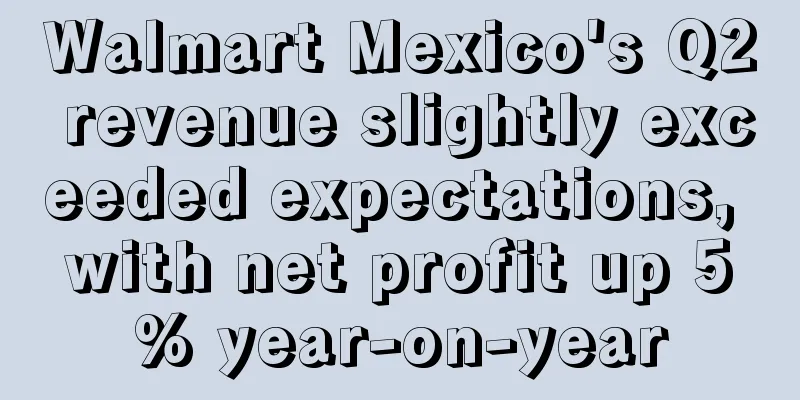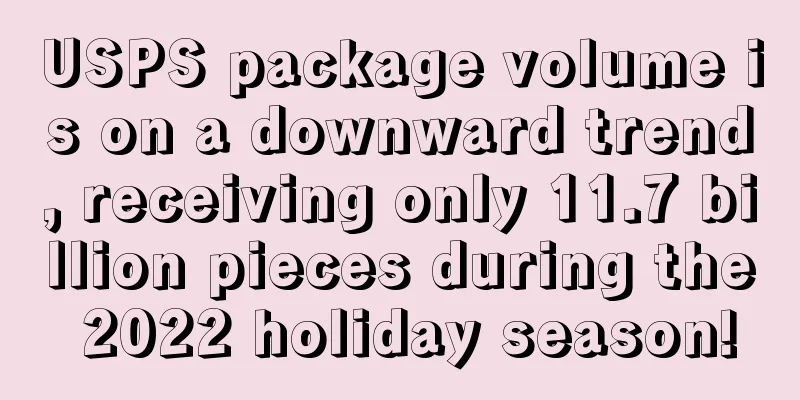Amazon vs. Walmart: Both Want to Become the Leader in Health and Beauty!

|
PYMNTS reported in June that 39% of shoppers are very or extremely likely to increase online purchases of health and beauty products in the future, according to results from "Tracking the Digital Payment Takeover: Capturing the Coming E-Commerce Wave," a study conducted in partnership with Amazon Web Services. Consumers used to buy personal care products and groceries in supermarkets. But there has been a notable shift towards digital channels. Moreover, the “Changes in Grocery Shopping Habits and Perceptions ” study revealed that about half of grocery shoppers have reduced their purchases of personal and health products from physical stores over the past few years. Moreover, only one-third of consumers surveyed said they buy these products more often in physical stores than on digital platforms. In June, PYMNTS reported that Morgan Stanley predicted that Amazon would capture 14.5% of the beauty category by 2025 , while Walmart was expected to capture 13%. PYMNTS has been monitoring the performance of both companies in the health and beauty space, and in the most recent quarter, both Amazon and Walmart were engaged in fierce competition, with Amazon accounting for 5.1% of sales in the category and Walmart leading the way with 5.9%. Amazon's market share in the health and beauty category was relatively low at 2.1% before the pandemic in 2019. However, since then, Amazon has been increasing its share of this segment. In the latest report, Amazon's market share in the health and beauty category declined slightly, partly due to the resurgence of in-store shopping as the economy reopens. The impact of inflationEven though consumers are spending, they are still struggling with inflation. The latest Consumer Price Index from the Bureau of Labor Statistics (BLS) released on July 12 showed that prices overall rose 3% last month on an annual basis. This represents a significant deceleration from the 4% increase observed in May and the 9% peak about a year ago, but the pace of inflation remains above the Fed's 2% target. Digging further into the data, several key indicators showed signs of easing, especially for essential items. For example, food prices for household consumption items (groceries) remained stable in June compared to May. According to the Bureau of Labor Statistics, only two of the six major grocery store food category indexes increased from the previous month. The fruit and vegetable index rose 0.8% in June, while the grain and bakery product index rose 0.1%. Clothing costs rose slightly by 0.3% in June compared to May, in line with past months. Shelter costs rose by 0.4% in June compared to May. Editor ✎Estella/ Disclaimer: This article is copyrighted and may not be reproduced without permission. |
<<: Target's Q2 results are mixed! Revenue down but net profit up!
Recommend
Over 100 million yuan in arrears! Two major e-commerce platforms are sued by sellers
The turbulent global market is pushing cross-borde...
Looking ahead to 2020, the era of cross-border e-commerce industry integration is coming. How will industry trends evolve?
With the emergence of smartphones 10 years ago, ma...
The game of account suspension is on the rise again! The popular seller Zebao is "claiming" 30 million from Amazon!
In 2023, the global economy will remain in an &quo...
Missing Black Friday? A large number of Amazon sellers' product links become unavailable for sale
<span data-shimo-docs="[[20,"明天就是黑五正式开启的日子...
AliExpress's sweater category sales and popularity have doubled
On January 15, data showed that the popularity of ...
Another big seller is sued! Equity merger terminated, thousands of stores become hidden dangers!
▶ Video account attention cross-border navigation ...
What is Category Review? Category Review Evaluation
Categories Requiring Approval is a policy official...
Labor negotiations at US West Coast ports failed to reach an agreement! US port congestion will reach its peak in July!
<span data-docs-delta="[[20,"获悉,据外媒报道,由于国际...
If you choose the right products, even a spittoon can become a treasure || Amazon product selection strategy (mind map)
What I want to share with you today is -- Amazon ...
What is Okazii? Okazii Review
Okazii is a well-known online trading website in R...
Amazon reported a large number of errors, and the system has bugged again...
Normal, once there is data abnormality, such as s...
Amazon settles accounts! Stores that violate regulations are closed directly|Cross-border headlines of the week
Platform Knows 0 1 Amazon's big overhaul! Vio...
What is Prime Day? Prime Day Review
Prime Day is a one-day global shopping festival la...
Shopify launches new cashback rewards program, refocusing on Shop app!
It is learned that according to foreign media rep...









